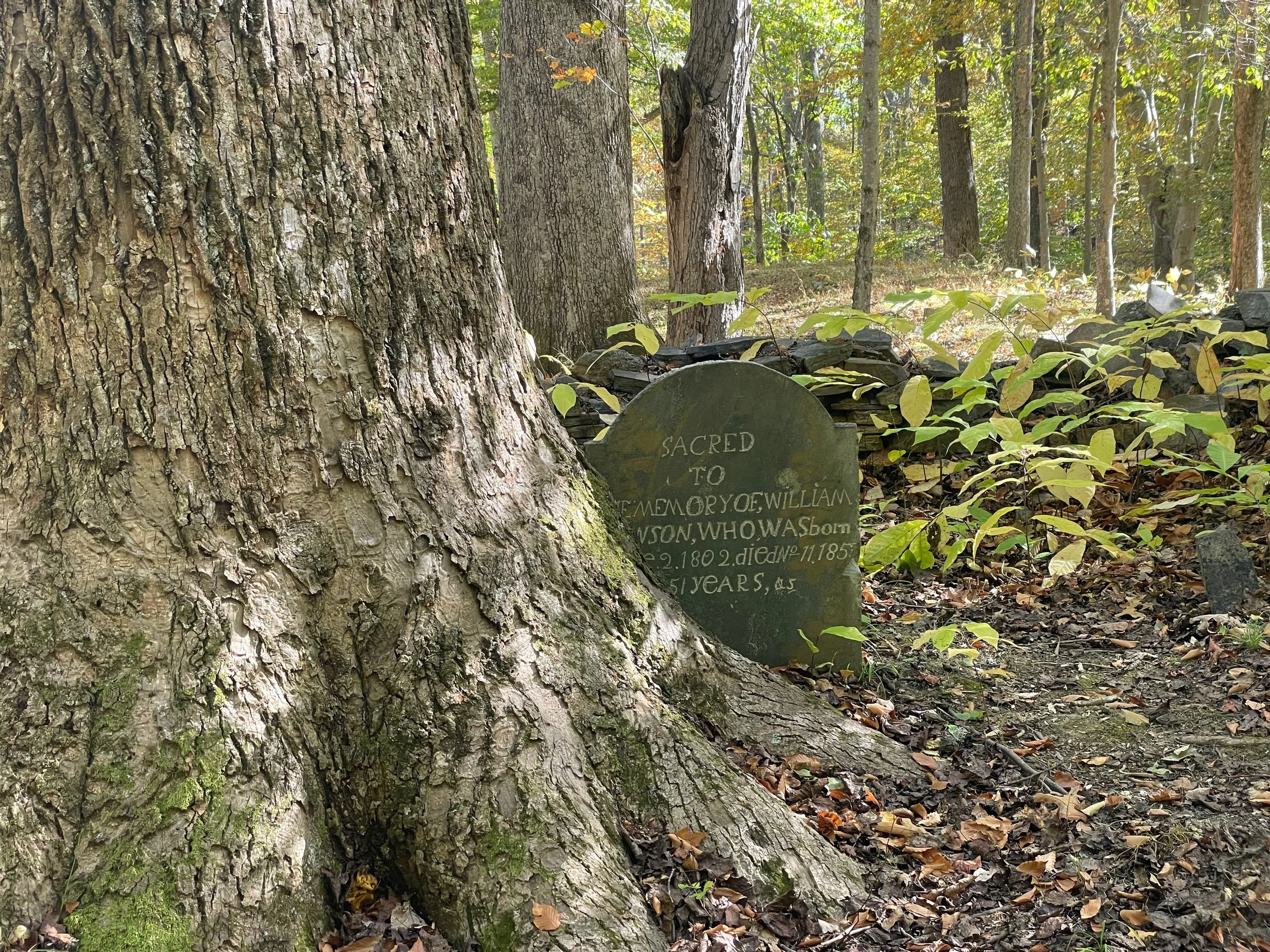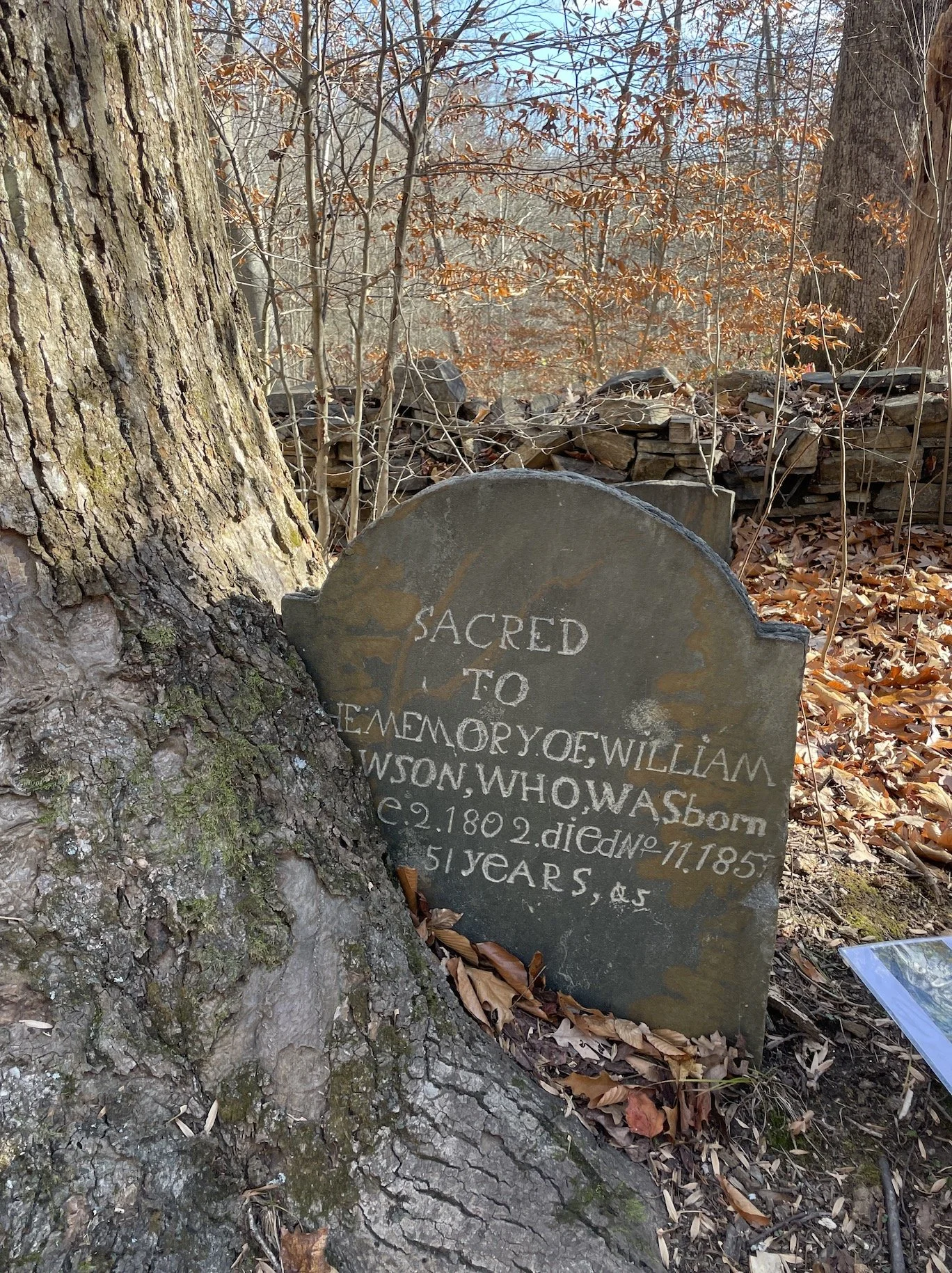Tree Time
One of the most commonly asked questions we are asked at the Network is, “How old is that tree?” There are several ways to answer this, and sometimes an educated guess comes pretty darn close if you’ve walked enough forests and know your tree species. Some calculations use a multiplier determined by the tree species that is multiplied by the diameter of the tree. Some engage an instrument called a climometer that measures the height of the tree, and the tree’s age can be calculated using trigonometry. Coring of trees is an accurate measure, using an increment borer, as one can precisely count the tree rings in a laboratory with the obtained sample, although some conservationists disapprove of this method as invasive to the tree. Our human lives are measured by the number of times that we circulate around the sun. We all experience the same 365-day cycle, regardless of who we are, where we live, or how much we have accomplished over our lifetimes.
We recently inducted the Bull Run Mountains Natural Area Preserve in northern Virginia into the Network. This 2,500 acre Virginia Natural Area Preserve is a rugged, heavily forested public area with some rare and endangered plants along its nearly six miles of trails. Many species of oak, hickory, beech, and even some rare table mountain pine grow here. Through history, the land was home to many: the Manahoac people until the 1720s, and then a series of homesteaders that included freed enslaved people and others who made a living in this less-than-desirable land located between much more fertile and productive farmland to the west and to the east.
The Dawson family was one of many families who lived here in the Bull Run Mountains. Mr. William Dawson lived from 1802-1853. At the time, life expectancy for men was approximately 40 years of age, so William had more time on Earth than many of his contemporaries. As OGFN welcomed the Bull Run Mountains into the Network, the preserve manager included a stop at the Dawson family cemetery, which is outlined by a rectangular wall fashioned from the local stone. There, William Dawson’s gravestone is partially enveloped by a tulip poplar tree with a diameter of 42”.
Photo courtesy of Virginia Outdoors Foundation archives
A photograph from around 1890 was shared on the hike – the massive tulip poplar growing today was not yet visible in the photograph, where we can see that a few small trees were emerging in the distance. Today, a dense forest grows beyond the Dawson graveyard. We concluded then that the tulip polar is no older than 130 years old, and most of the mature forest where we hiked was probably slightly older, but certainly not more than 150 or so years old. We also noted that tulip poplars are fast-growing at about four to five feet a year, so they are often assumed to be much older than they actually are. The Dawson cemetery is a peaceful place within the Preserve on a slight knoll. It is a reminder that forests and humans each can be measured in years, but are also closely connected. Our human years can be precisely calculated, while the life of a tree can be fairly closely known, with the help of experience, knowledge of tree species, a calculator, and, in this case, with the assistance of some historic documents.



